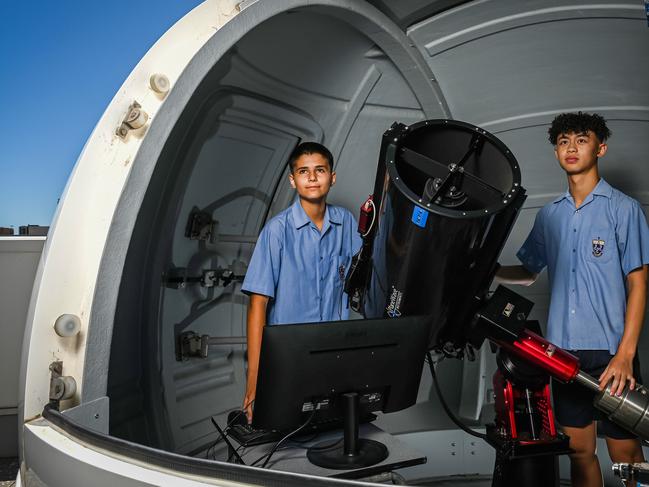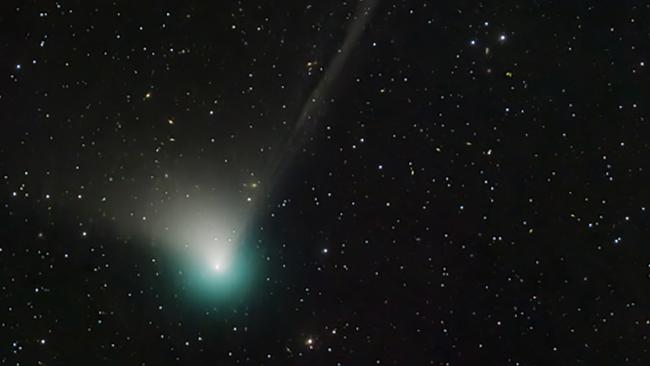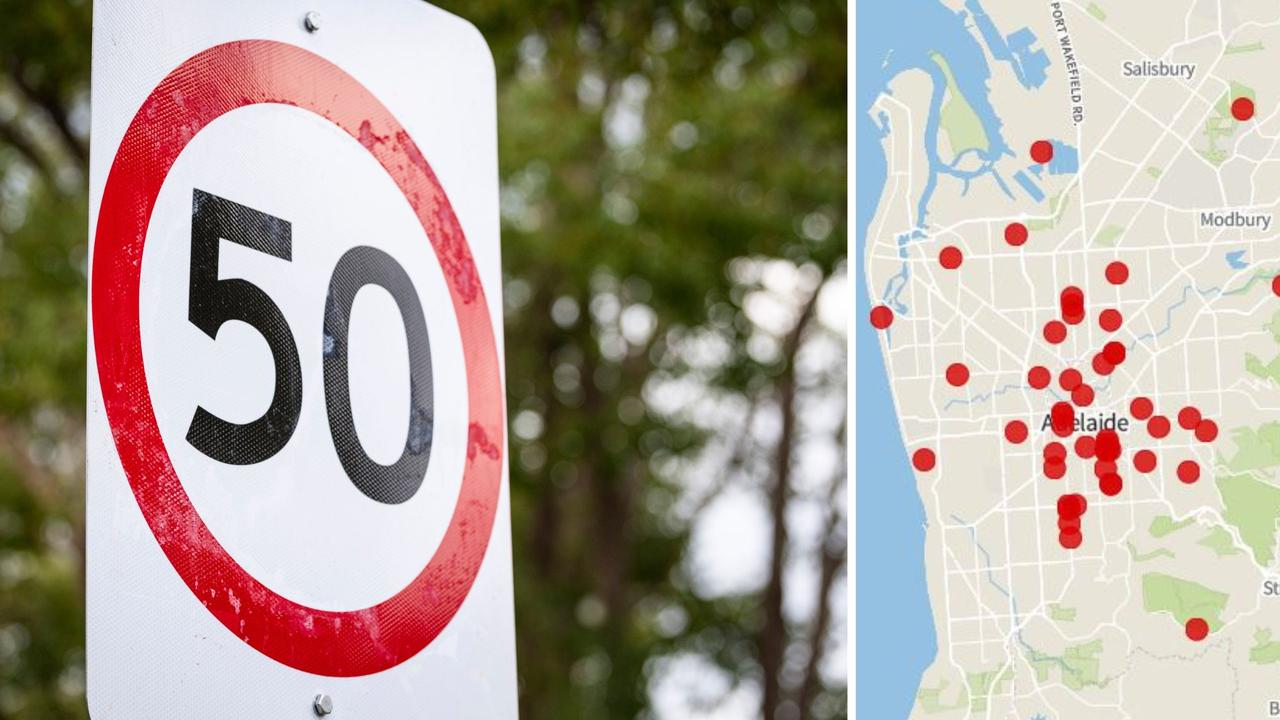Find out when and where to see a rare astronomical anomaly
Astronomers are encouraging people to look skyward next week as an extremely rare celestial body is about to pass over the state.

SA News
Don't miss out on the headlines from SA News. Followed categories will be added to My News.
A green astronomical body is set to create a once in 50,000 year spectacle in the night skies above South Australia.
The comet C/2022 E3 (ZTF) with its bright green glow has been passing over Earth and will be visible in the skies above the state from next week.
UniSA astronomer Mary Adam-Dubbioso said the comet, which last passed the earth 50,000 years ago, is made up of trillions of icy pieces of rock.
“We call them dirty snowballs because they are made up of bits of rock and dust and ice,” Ms Adam-Dubbioso said.
“We’re going to see it very soon in the southern hemisphere.”
The green colour comes from the centre of the 1km-in-diameter comet which develops a viridescent glow from heating up as it nears the sun she said.
The comet is already observable in the northern hemisphere but will come into view in South Australian skies from February 4.


“Anyone with binoculars should be able to see it but you need an unobstructed view,” Ms Adam-Dubbioso said.
“We need the sky to be cloud free.”
The astronomer said the comet would appear low in the sky so the best place to see its green glow will be from a high point and in complete darkness.
It will be visible near the planet Mars and the Taurus constellation.
But the best sightings of the comet will come on February 10 when UniSA’s Adelaide Planetarium in Mawson Lakes will offer free viewings for amateur astronomers.
“Not everyone can get up high enough and not everyone has a telescope,” she said.
“They can come on up and have a look at the comet and hopefully it’ll have a beautiful green display for us.”
The doors of the planetarium will open from 9pm for anyone interested in witnessing the comet which was last seen by Neanderthals.
But get in quick, Ms Adam-Dubbioso warned, as hundreds of eager people are expected to line up at the planetarium to witness the spectacle.



